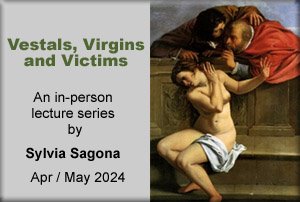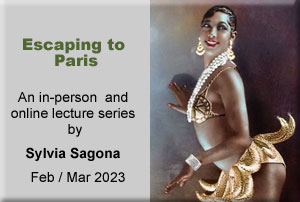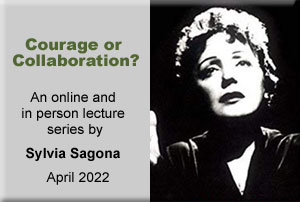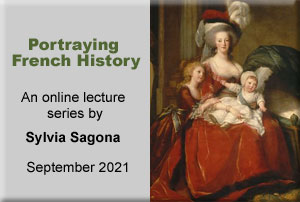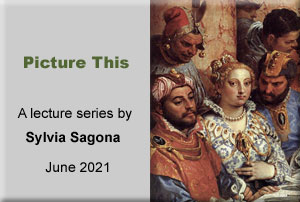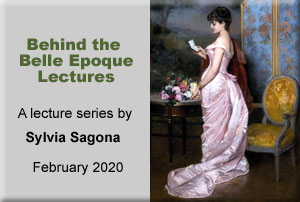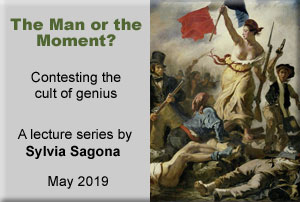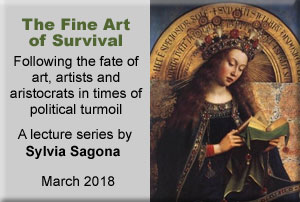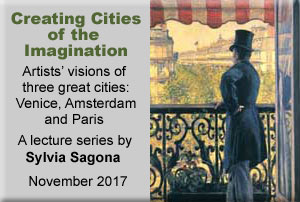Vestals, Virgins and Victims
Extraordinary Roman Women from Ancient Rome to the Renaissance
A 3-part Lecture Series
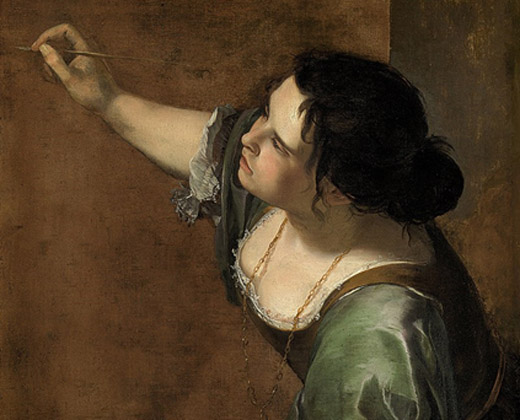
Overview of Lecture Series
The history of Rome that we are all familiar with covers the exploits and careers of men, whether in wars, politics or the arts. The rare stories of women that reach us, from the time of Julius Caesar to Caravaggio, relate events that were sensations at their time.
Thousands silently watched the macabre procession of the Vestal Cornelia to her live entombment thus appeasing the gods. The Romans had several attempts at killing Saint Agnes as angels kept interfering. Beatrice Cenci's celebrity has spanned centuries, transforming her into a literary heroine. Artemesia Gentileschi’s rape and subsequent torture has, until recently, eclipsed her contemporary renown as a painter in 17th century Italy.
The fame of these Roman women rests in their victimhood. This lecture series seeks to unravel the real events behind these narratives and to reveal not only how they were manipulated at their time, but how we are only now beginning to no longer view them through the lens of 19th century chauvinism.
Presenter
Sylvia Sagona
Dates
Stream 1 - Tuesdays: 10:30 -11:30AM, April 23, 30, May 7 - Fully Booked - No places left on this stream
Stream 2 - Fridays: 10:30 - 11:30AM, April 26, May 3, 10 - Fully Booked - No places left on this stream
Note : These sessions will both be held at our venue at 5 Grattan Street, Hawthorn. Seats for the sessions are very limited so please book early if you would like to attend. Doors will open at 10:15AM and coffee will be provided prior to the lectures starting at 10:30AM.
Price
$110 for 3 lectures in the series (incl GST)
Venue
Alloarmo, 5 Grattan Street, Hawthorn. VIC
Session Overviews
Lecture 1 - Is it Safe to be a Virgin?
The fate of the Vestal Cornelia and Saint Agnes
April 23, 10:30-11:30AM (Stream 1)
April 26, 10:30-11:30AM (Stream 2)
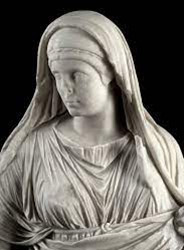
In return for tending the inextinguishable sacred fire of Vesta, symbol of Rome’s existence, the six Vestal Virgins were the only Roman women to enjoy the privileges accorded to male citizens. However, breaking, or simply being accused of breaking the vow of virginity, would incur ritual humiliation and being buried alive. We will explore the machinations behind the death of Cornelia, scapegoat for the political problems of the emperor Domitian.
The fragile privileges of Vestal virginity were not lost on early Christian women who saw becoming brides of Christ as a way of avoiding male tyranny and dedicating themselves to the Christian community. They were on a collision course with the Roman authorities who insisted women marry.
We will investigate the legend of Saint Agnes and how virgin martyrdom was manipulated by the early Church.
Lecture 2 - Beatrice Cenci
Murderess or victim of Papal injustice?
April 30, 10:30-11:30AM (Stream 1)
May 3, 10:30-11:30AM (Stream 2)
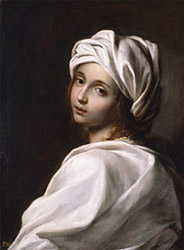
A raucous crowd, including Caravaggio, had waited on the Ponte Sant’ Angelo from dawn to witness the execution of beautiful young Beatrice Cenci, accused of the violent murder of her father. Her trial had caused a sensation, revealing that she had been subject to repeated beatings, imprisonment and even rape at the hands of her aristocratic father.
The people of Rome begged the Pope to pardon her. From then on, she became the poster girl of victimhood, and her portrait became the must see for the British on the Grand Tour, inspiring the prose of Shelley, Stendhal and Hawthorne.
But what really was the truth behind this 16th century Italian noir? Was she just a good-looking schemer? Was it even her portrait?
Lecture 3 - Artemisia Gentileschi
Separating genius from domestic drama
May 7, 10:30-11:30AM (Stream 1)
May 10, 10:30-11:30AM (Stream 2)
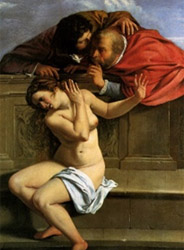
In an age when few women had the opportunity to pursue any professional career whatsoever, Artemesia became one of the most influential artists of the Baroque period and the first woman to become an international celebrity in Rome, Venice, Naples and finally London.
Despite these achievements, her work, until recently, has been overshadowed by the story of her rape and trial where she was tortured to be sure she was telling the truth. She immerged from the shadow of her father Orazio Gentileschi to specialise in compelling female figures in myths, the Bible and allegory, often depicting women as warriors, killers, victims and suicides.
What role did trauma play in her choice of subjects and is this why she has been rediscovered in the late 20th century?


